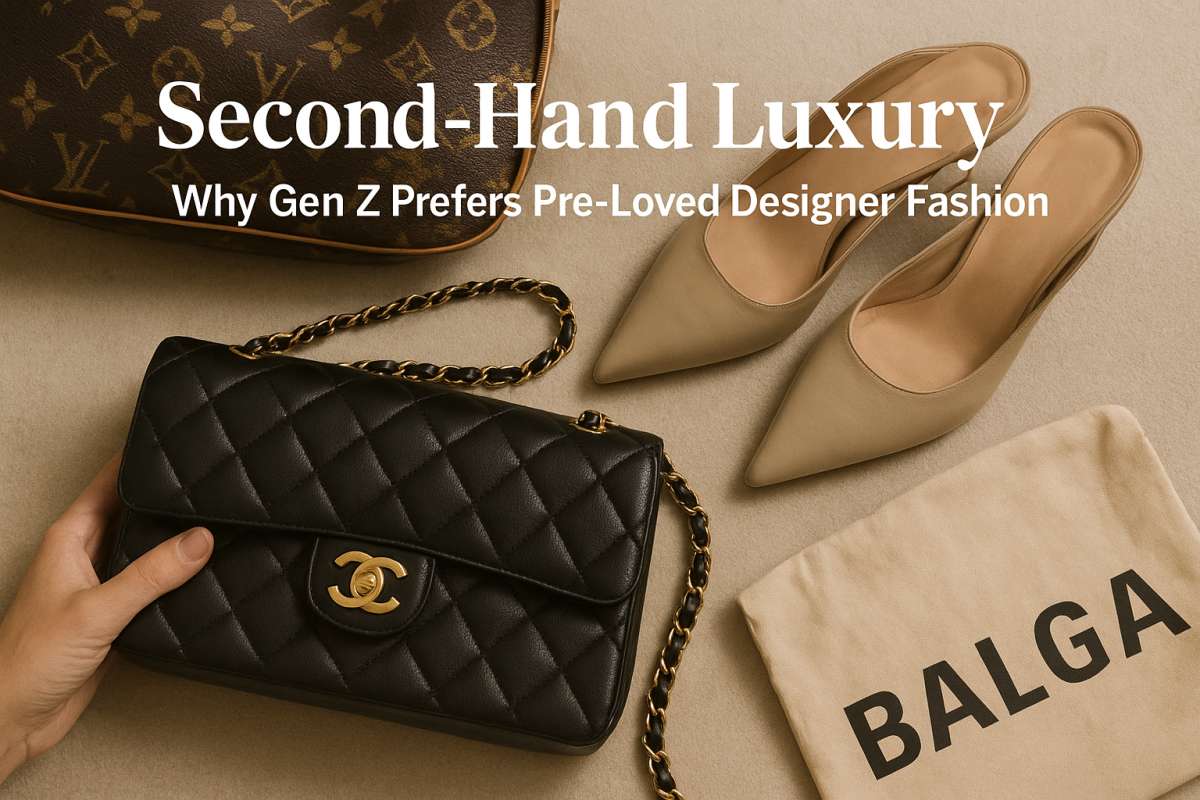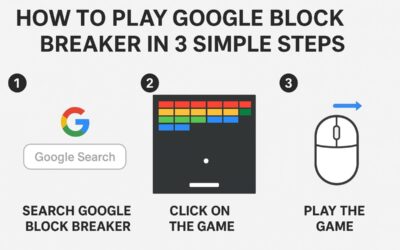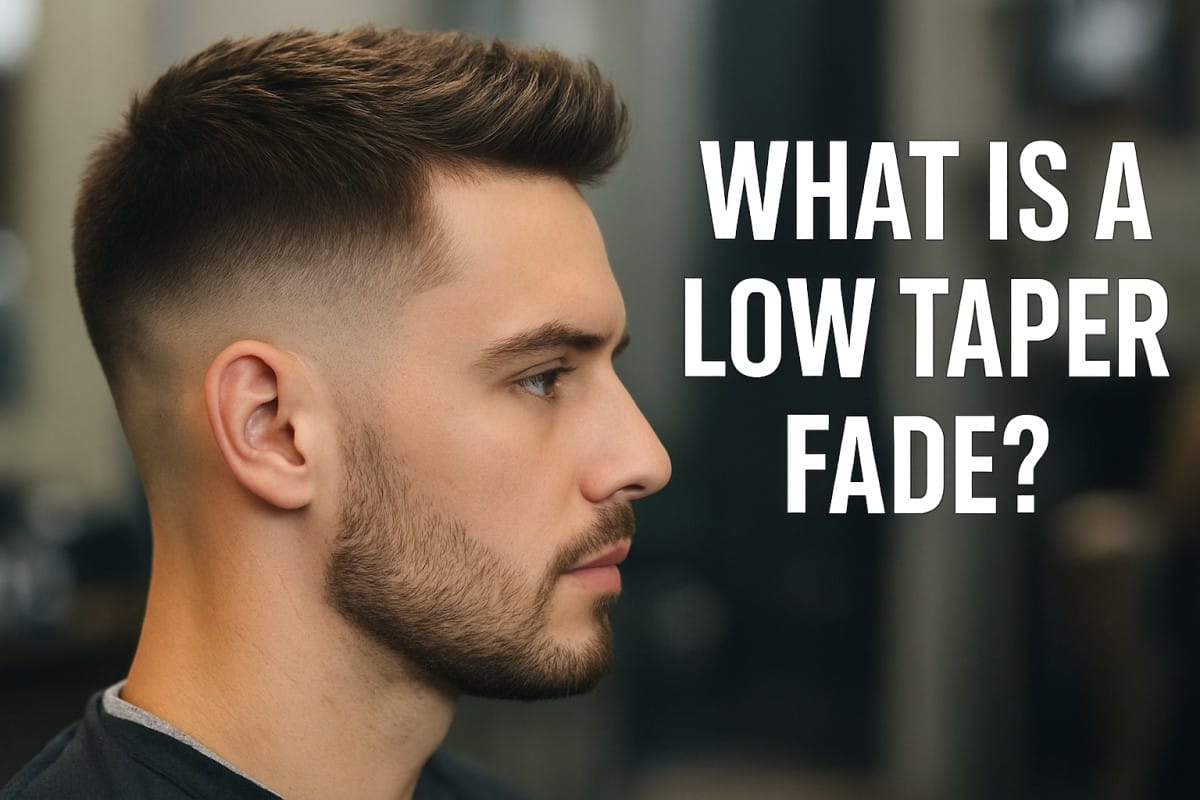Second-Hand Luxury: Why Gen Z Prefers Pre-Loved Designer Fashion

Gen Z prefers second-hand luxury because it’s sustainable, affordable, and authentic while still giving them access to high-end style. Pre-loved designer fashion aligns with their values of conscious consumption, individuality, and smart spending – making it the new status symbol of the digital age.
What is Second-Hand Luxury Fashion?
Second-hand luxury fashion refers to pre-owned, high-end clothing, handbags, shoes, and accessories from well-known designer brands like Gucci, Chanel, Prada, or Louis Vuitton. These items are carefully authenticated and resold through online platforms, boutiques, or vintage stores. Unlike fast fashion, which is mass-produced and disposable, second-hand luxury ensures quality, longevity, and exclusivity.
Why Gen Z is Driving the Pre-Loved Fashion Trend
1. Sustainability Comes First
Gen Z is the most eco-conscious generation to date. They grew up witnessing climate change debates, plastic bans, and the harmful effects of fast fashion. Pre-loved designer items give them a way to enjoy fashion without fueling waste. By buying second-hand, they reduce demand for new production and help extend the life cycle of luxury goods.
2. Affordable Access to High-End Brands
Luxury fashion often comes with price tags that are out of reach for younger shoppers. A brand-new Chanel bag might cost thousands, but on resale platforms, it can be found for a fraction of the price. This makes high-end fashion more accessible without compromising authenticity. For Gen Z, owning a pre-loved luxury piece is not about spending big—it’s about smart, conscious spending.
3. Individuality and Storytelling
Unlike mass-market fast fashion, second-hand luxury items carry history and uniqueness. A vintage Gucci belt or a 90s Prada bag tells a story that can’t be replicated. Gen Z values individuality over conformity, and wearing pre-loved items allows them to stand out while embracing pieces that have cultural or historical significance.
4. The Thrill of the Hunt
Finding the perfect second-hand luxury item feels like treasure hunting. For many Gen Z shoppers, the excitement lies in browsing online resale apps, vintage shops, and auctions. Scoring a rare designer item at a bargain price brings a sense of achievement that buying directly from a store can’t match.
How Social Media Fuels the Trend
Social platforms like Instagram, TikTok, and Pinterest play a huge role in shaping fashion choices. Influencers and celebrities now openly promote “thrift hauls” and vintage finds instead of just new collections. Gen Z trusts peer reviews more than glossy magazine ads, and resale fashion fits perfectly into this culture of authentic, user-generated content.
Hashtags like #SecondHandLuxury, #SustainableStyle, and #ThriftTok have millions of views, creating a strong community of style-conscious yet eco-friendly shoppers.
The Rise of Online Resale Platforms
The second-hand luxury market has exploded with platforms that specialize in authentication and resale. Some popular names include:
- The RealReal – Known for professional authentication services.
- Vestiaire Collective – A community-based resale marketplace.
- Depop – Especially popular with Gen Z for vintage and unique finds.
- Poshmark – Allows social-style selling of second-hand pieces.
These platforms make it easy for Gen Z to buy, sell, and even trade items without leaving home, adding convenience and trust to the resale process.
Changing Perceptions of Luxury
For older generations, luxury often meant new, shiny, and untouched. But for Gen Z, true luxury is not about price tags—it’s about value, sustainability, and exclusivity. A pre-loved Hermès scarf can be just as prestigious, if not more, than a new one, especially if it has vintage appeal.
This shift is changing how luxury brands themselves operate. Many high-end labels are now partnering with resale platforms or launching their own second-hand sections to appeal to younger buyers.
Economic Smarts: Investment Value
Luxury goods hold value better than fast fashion. A limited-edition Louis Vuitton handbag or Rolex watch can even appreciate in value over time. Gen Z is financially savvy and sees pre-loved luxury as not just fashion but an investment. Buying second-hand also allows them to resell later, making fashion more circular and profitable.
The Emotional Connection
Buying pre-loved fashion isn’t just a transaction—it often comes with an emotional bond. For many Gen Z shoppers, wearing a second-hand luxury item feels meaningful because they are giving a timeless piece a new life. It blends fashion with purpose, which resonates deeply with their identity-driven lifestyle.
Challenges in Second-Hand Luxury
Despite its growing popularity, the market isn’t without challenges:
- Counterfeits: Fake products remain a huge concern, though authentication services are improving.
- Quality Variations: Not every pre-loved item is in perfect condition.
- Limited Availability: Rare or in-demand pieces can be hard to find.
However, Gen Z sees these hurdles as part of the experience rather than deterrents.
The Future of Second-Hand Luxury
With Gen Z’s purchasing power growing, second-hand luxury is set to become a mainstream fashion category. Experts predict the resale luxury market will grow faster than traditional retail. Brands that adapt and embrace resale will thrive, while those resisting the shift may struggle with younger consumers.
Final Thoughts
Gen Z’s preference for pre-loved designer fashion reflects a powerful cultural shift. They see sustainability, individuality, and financial smarts as more valuable than simply buying new. Second-hand luxury isn’t just a trend – it’s the future of fashion. As this generation continues to challenge traditional norms, pre-loved fashion is redefining what it means to be stylish in a conscious world.









